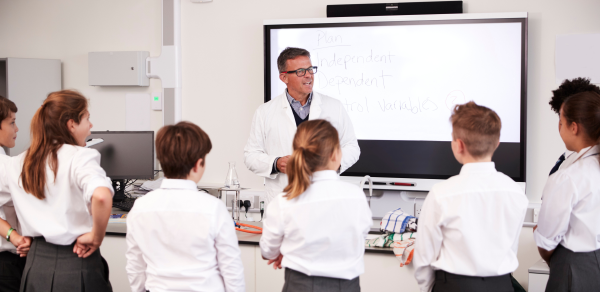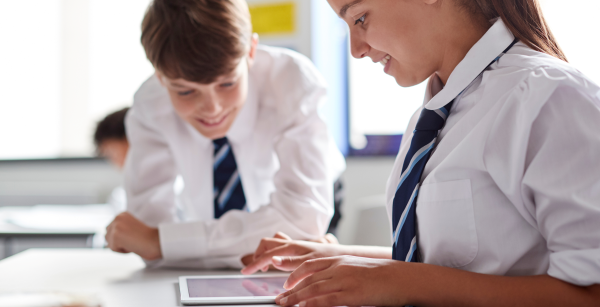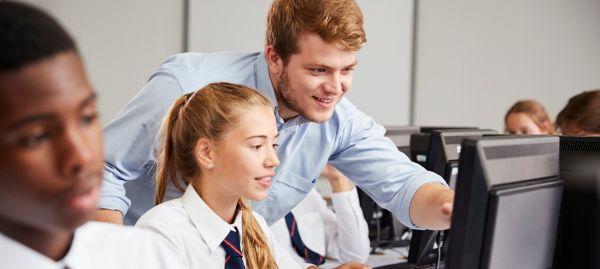UK independent schools face unique pressures, from rising operational costs and affordability concerns, to political and regulatory uncertainty, shifting enrolment patterns, and recruitment and retention challenges.
And while the effects of the pandemic are still being felt across the board, UK independent schools are feeling it differently.
Generation catch-up 2:0: The research revisited uncovered ongoing challenges resulting from the pandemic. These included concerns around mental health, parent engagement, challenging behaviour, and attendance.
Understanding Covid’s nuanced impact on independent school learners is the first step towards targeting interventions that drive improvement across all key performance indicators.
Without this, it’s more difficult to support all learners to thrive socially, emotionally, and educationally, and justify value for money in an increasingly tough independent school sector.
So how is the pandemic still impacting independent school learners? How does this compare to state schools? And what can be done about it?

Learning gaps
Surveying 9,000 teachers and school leaders, Generation catch-up 2:0: The research revisited confirmed that pandemic-induced learning gaps remain evident five years on.
Yet, while 56% of respondents from state schools said major gaps still exist, the learning gap is perceived less acutely in the independent sector. Respondents from independent schools were over 50% less likely to report major learning gaps, with only 23% of secondary and 28% of primary schools indicating that the pandemic continues to have a significant impact.
Interestingly, more teachers from independent schools told us the pandemic was still having a minor impact, compared with peers in the state sector.
Cohort comparisons
Across both sectors there is a clear consensus: the students most affected by pandemic-related learning gaps are those currently in Years 10 and 11.
In state schools, secondary teachers cite Year 10 (15%) and Year 11 (24%) cohorts as the worst affected by pandemic-related learning gaps. In the independent sector, the figures are slightly lower, with Year 10 at 11% and Year 11 at 18%.
For independent schools, this is a chance to keep a close eye on progress and offer focused support for Years 10 and 11, helping every student feel confident and ready as they head towards their GCSEs.

Close up on mental health
When teachers were asked to rank the factors influencing learning gaps caused by the pandemic, behaviour (31%), a lack of parent engagement (19%), and mental health (22%) topped the list.
Among independent secondary schools, 40% reported that issues relating to students’ mental health and wellbeing are the most significant factors contributing to learning gaps. This is twice as high as the 20% reported by all state schools.
Interestingly, although the percentage of schools citing student mental health as the biggest factor impacting learning gaps is higher among independent schools, all other factors were ranked lower compared with respondents from state schools.

Turning data into action
The rationale for Covid’s nuanced impact on independent school learners is multifaceted.
Independent schools may notice smaller learning gaps for a variety of reasons – from smaller class sizes, greater access to resources, and flexibility in meeting students’ needs to established technology infrastructure that enabled smoother transitions to online learning during lockdowns.
Demographic differences may also contribute, with access to tutoring and strong home support likely playing a role in making gaps appear less pronounced compared with state schools.
Despite arguably fewer learning disruptions, independent school students were equally affected by pandemic-related stress, anxiety, and isolation. This may explain the discrepancy between state and independent schools regarding the perception of mental health and its influence on learning gaps.
As the effects of the pandemic continue to impact pupil learning, it is essential to address these challenges with a data-informed approach.
Download the report for more insights and practical, best practice ideas from education experts on how you can support generation catch up.

